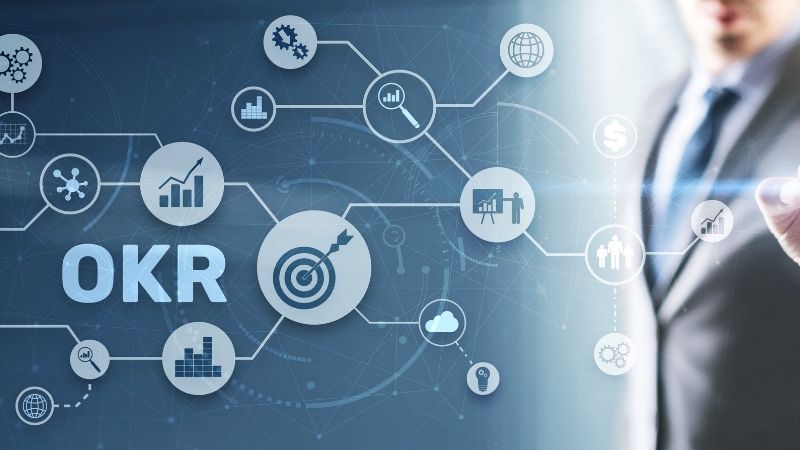HR or Human Resources is the backbone and the most critical team of any organization. From selecting and recruiting the right employees, implementing policies, building company culture, deciding compensation & benefits, performance management, etc., everything comes under an HR’s job function.Some of the job functions might vary from organization to organization, but they are almost similar across industries.
We cannot undermine the impact of OKRs on their work, considering the role HR plays in building an organization. When they have well-defined OKRs, it makes their job simple. It becomes easy for them to stay focused on the various activities they are involved in and achieve the goals.
Also Read: Top Five Common OKR Challenges
Brief History Of OKRs
In the 70’s Andy Grove introduced OKRs at Intel while working there. It and was later made popular by John Doerr while working at Google. It became a management methodology to help ensure that the company focuses efforts on the same important issues throughout the organization.
OKRs or Objective and Key Results consist of an objective– a clearly defined goal (the what). And 3-5 key results – measurable steps (the how) to achieve the objective. OKRs are a great way to align individual goals with team and organization goals.
Moreover, they help increase productivity, track regular progress towards goals, and increase employee accountability. Let us take a look at some tips on how to set objectives and key results.
Also Read: 5 Things To Look For In An OKR Software
Here’s a list of OKRs for the People Operation/ HR department that can help you get started!
Objective 1: Have OKRs Set And Adopted By All Teams
Key Results:
– Organize OKR Goal Setting training workshop for all team members
– Achieve an 85% approval rating on employee survey on OKR effectiveness
– Achieve at least 60% completion rate for the first OKRs cycle
Objective 2: Create And Sustain A Diverse And Inclusive Team
Key Results:
– Increase women in leadership positions (Director and above) to 41%
– Conduct an unconscious bias workshop and train the managers
– Improve the rate of underrepresented minorities in all roles up to 40%
Also Read: Why OKRs are crucial when onboarding new employees?
Objective 3: Grow The Organization With A-Players
Key Results:
– Increase referral bonuses for Employee referral programme by 20%
– Achieve a ratio of 3:1 between interviewed and hired candidates
–Achieve 11% increase in job offer acceptance rate
– 85% of new hires score “meets expectations” or higher after 6 months on the job
Objective 4: Create And Implement An Effective Benefits Program
Key Results:
– Research and understand the benefit programs of 5 competitor companies (50-200 employees)
– Compare the current employee benefits with industry standards and recommend better ones
– Achieve usage of about 70% of the benefits program
– Maintain the budget for benefits for each team below 700$
Objective 5: Create an effective leave management system
Key Results:
– Hire a new team member to service employee administrative needs
– Evaluate 3 solutions for leave tracking and select the best one for the team
– Achieve 90% satisfaction rate of the new system
Do you want to know how Engagedly can help you with OKRs? Then request us for a live demo
Request A Demo




